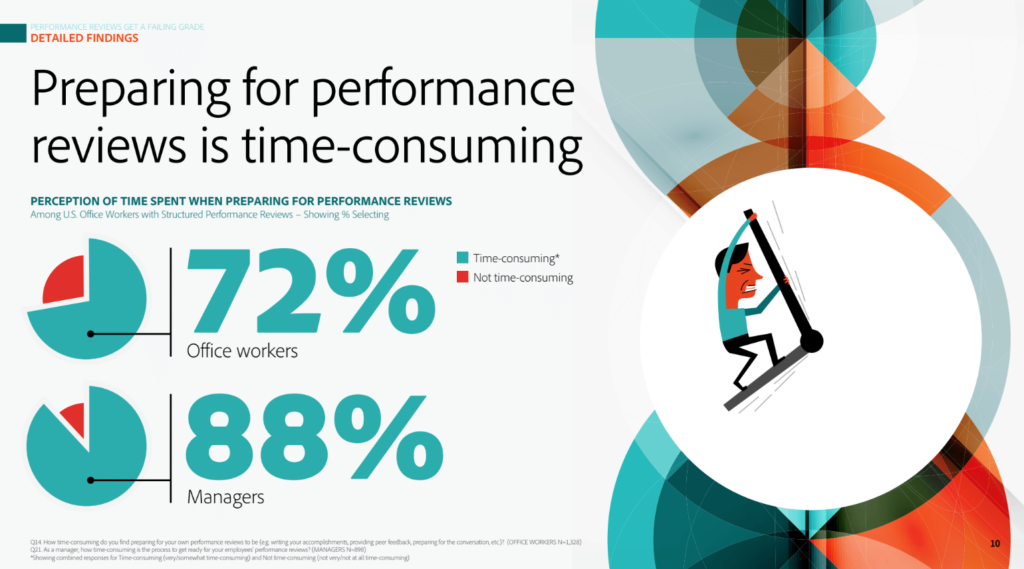Storytelling with data: how to communicate effectively in just 3 steps
Engage and align your audience by using the power of storytelling to effectively communicate data-intensive presentations.
Your data has a story to tell
Really, it does. Sometimes, it’s known or obvious. But other times, as you dig into it, you find an entirely new or unexpected story.
Unfortunately, whether through force of habit, fear of the new, or just not knowing any better, most data presentations simply show data rather than communicate with data. Pie charts and the like are dropped onto slides, maybe some numbers are made larger. The speaker then repeats what is already visible to the audience.
Sure, some data is powerful all on its own. But often visual storytelling is needed to illustrate what the data actually means vs what it simply adds up to. Stories bring context and relevance to the data, add a human element, and help make presentations and reports more engaging and memorable. Without visual storytelling—a mix of visual and textual content that helps people connect to and understand information—data remains a nearly infinite set of measurements or statistics. And while this data is used to make decisions, it remains a step removed from its effects in the real world and on real people.
The power of storytelling gives you an advantage
Whenever possible, I try to read the book before I see the movie. Why? Because I want the opportunity to fill in the details myself—to imagine the characters and to build out the world they inhabit based on only the author’s writing. Watching the movie first and seeing some Hollywood multi-millionaire as the protagonist is just not as fun. It takes some of the collaboration out of storytelling by presenting every detail and data point on a silver (screen) platter. All that’s left is to sit back, passively, and watch.
That’s nothing against movies. The great power of film is in how it brings the energy, emotion, action, drama, pacing, and humor of a writer’s words to life. It’s also fun to compare your interpretation to the director’s. In a movie everyone essentially sees the same thing—all the planning and performance that goes into filmmaking makes the story explicit and exact.
And while I might like to use my imagination by reading the book first, when I’m telling a story I want everyone to receive the same information. In business, this is very important and exactly what you need, though of course some stories are better shared by customizing them to specific audiences with specific needs.
Regardless, this is especially true and important when it comes to storytelling for business. Words or pictures alone obviously carry meaning, but can create ambiguous gaps in the story. Data alone obviously carries information, but doesn’t provide much context. Only storytelling with data wraps everything in a nice package and allows you to present data accurately, and as part of a narrative that’s easier for your audience to understand and appreciate. Because you’ve filled in all the details and brought it all together in a cohesive story-based presentation, your audience sees exactly what you want/need them to see, with no ambiguity.
In this updated article we’ll discuss methods to communicate your data using the power of visual storytelling. The five easy steps are outlined below using real-world examples. Here’s how to make the most of your data using visual storytelling.
1. Dive into your data
This is worth repeating: regardless of the topic your data has a story to tell. Sometimes, it’s known or obvious. But other times, as you dig into it, you find an entirely new or unexpected story. So always analyze the data with an open mind (and the help of fresh eyes) so that these new stories get surfaced rather than buried.
To best communicate with data, you have to know how to find similarities and differences within a data set… well, someone has to know. When analyzing data, sort or filter the data in different ways (geographical, over time, etc.), to give you different perspectives.
Things to look for…
- Consistent patterns and relationships between data points or data sets (trends)
- Elements that have obvious relationships to each other (correlation)
- Unusual occurrences in the data (outliers)
Once you discover these patterns and relationships you can better use the power of storytelling with data to communicate effectively. Data viz experts and information designers, as well as analytics platforms like Tableau or Heroku, help some to create visualizations, make decisions, and execute on strategies that are driven by data.
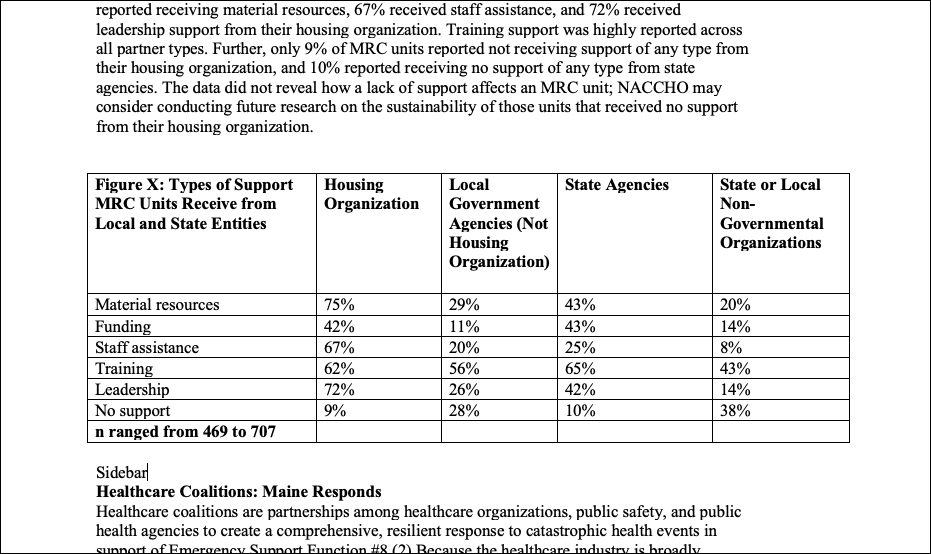
2. Craft a story from your data using charts and graphs in a presentation
Think about these questions: What are your main points? Which data support these points? Why should the audience care? What do you want them to do after getting this information?
Outline your story arc
What are your main points? Now is the time to shape a coherent and concise narrative around the data that compels your audience to take some sort of action. Start with an outline, as this is the best way to begin organizing any presentation. Write headlines for every slide or chunk of content. Include key data and rough concept sketches.
Determine the best data and chart design
Which data support these points? This is where those key concepts come into play. Trends form the backbone of many data-oriented stories and using an application to communicate data. Below, the predictive bar chart under the big “$70 MILLION” below clearly shows future revenue potential trending upward. That’s powerful and clear, adding confidence and credibility to your story.
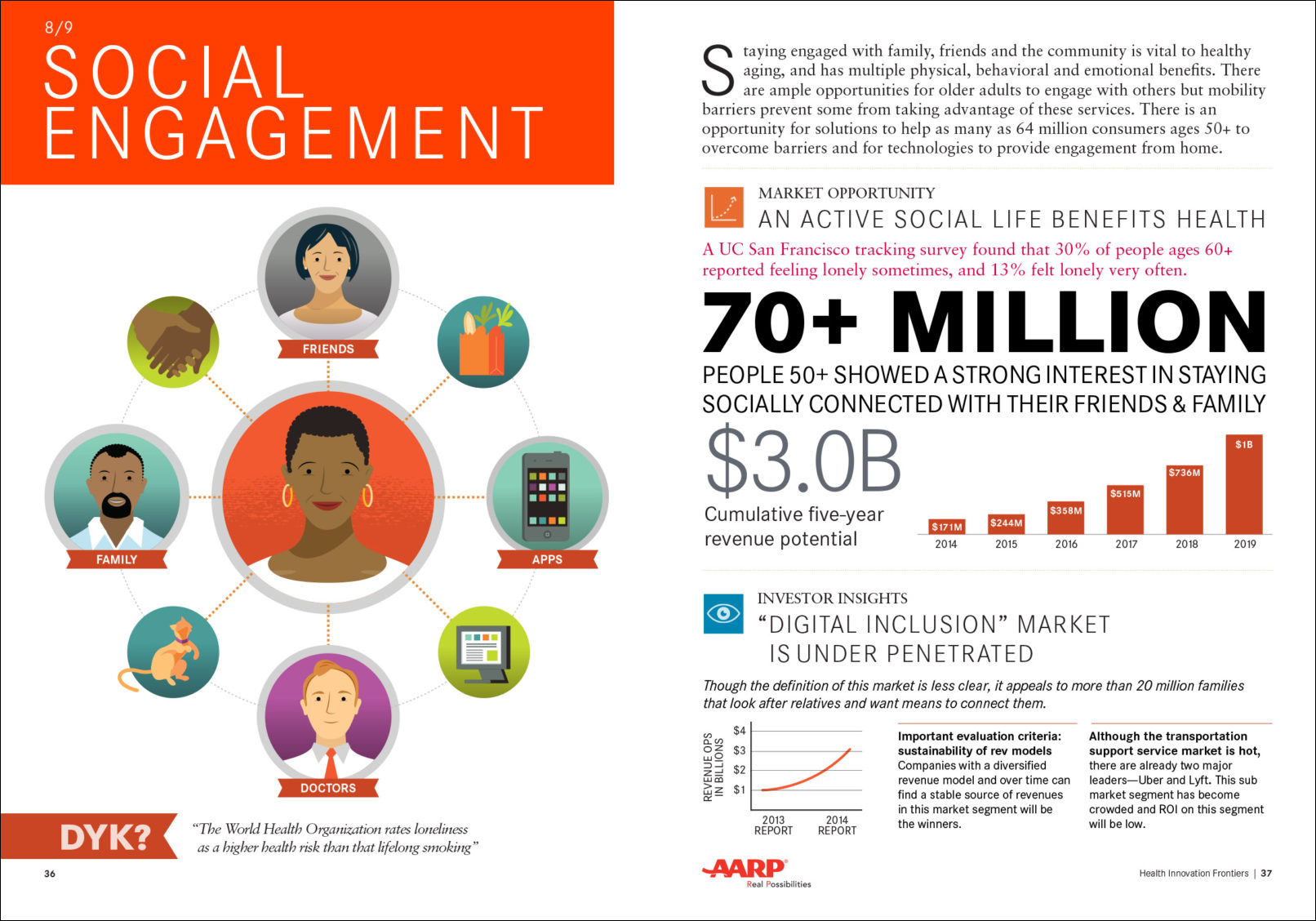
When storytelling with data, using the right kind of chart is key. This excellent graphic will help you determine the best chart for your data: The Extreme Presentation Method Chart Chooser. It’s been around for a long time and is a very useful reference for common data visualization techniques. Some charts are better for comparisons. Some are designed to show composition. Some show relationships best while others help make clear distribution. This chart will tell you! Chart design is much more complicated than many people realize. And keep these two things in mind: 3D fanciness just complicates things—avoid it, and always use illuminative text to help the data stand on its own when you’re not around to present the story. Information Is Beautiful is a nice place to see a variety of applications.
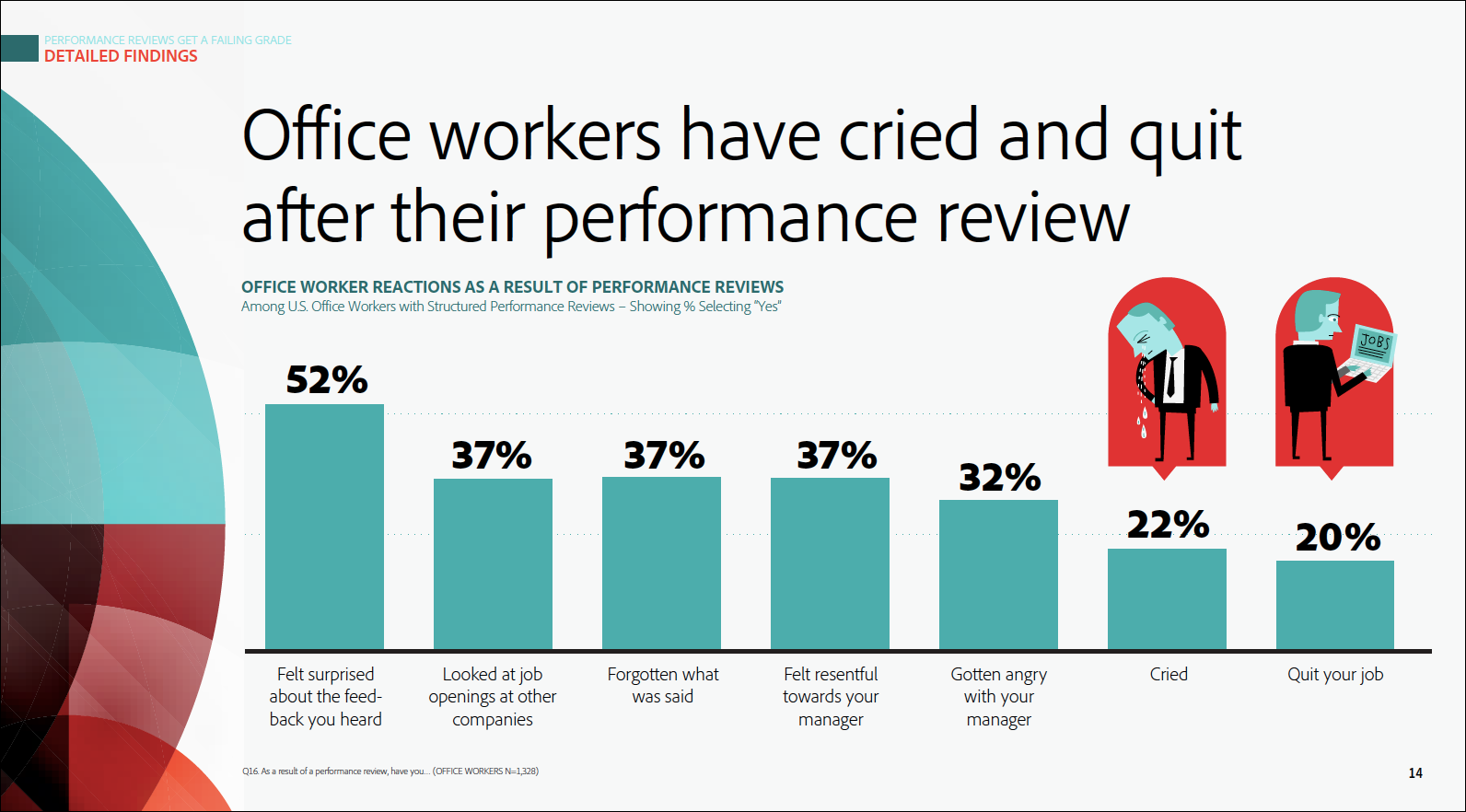
And always be careful
It is critical that you don’t skew the data and that you make sure your visualizations are accurate. On one hand, there are honest mistakes. On the other hand, so too are there purposeful lies. In between there is accidental deception. For example, zooming in on the scale can drastically skew the perception of data. Just look at the two charts below. They show the exact same data at different scales—but one is deceptive whether done on purpose or not.

The one on the right—whether accidentally or purposely—really distorts the data. It makes the differences seem extreme when they’re not: “Wow— we had a huge drop on September!”. The chart on the left is a much more accurate representation of what’s really happening: average orders are staying pretty constant. The best data visualizations don’t take any chances when it comes to misrepresenting data.
3. Visually communicate your story in engaging and unexpected ways
First, add context
Why should the audience care? The data should follow a logical flow and each chart should help build the narrative you’re trying to achieve. The data can’t do this alone, which is why good writing and quality visualizations are what round out the best ‘storytelling with data’ projects. This is especially helpful when you’re trying to show correlation, or make sense of insights from outliers.
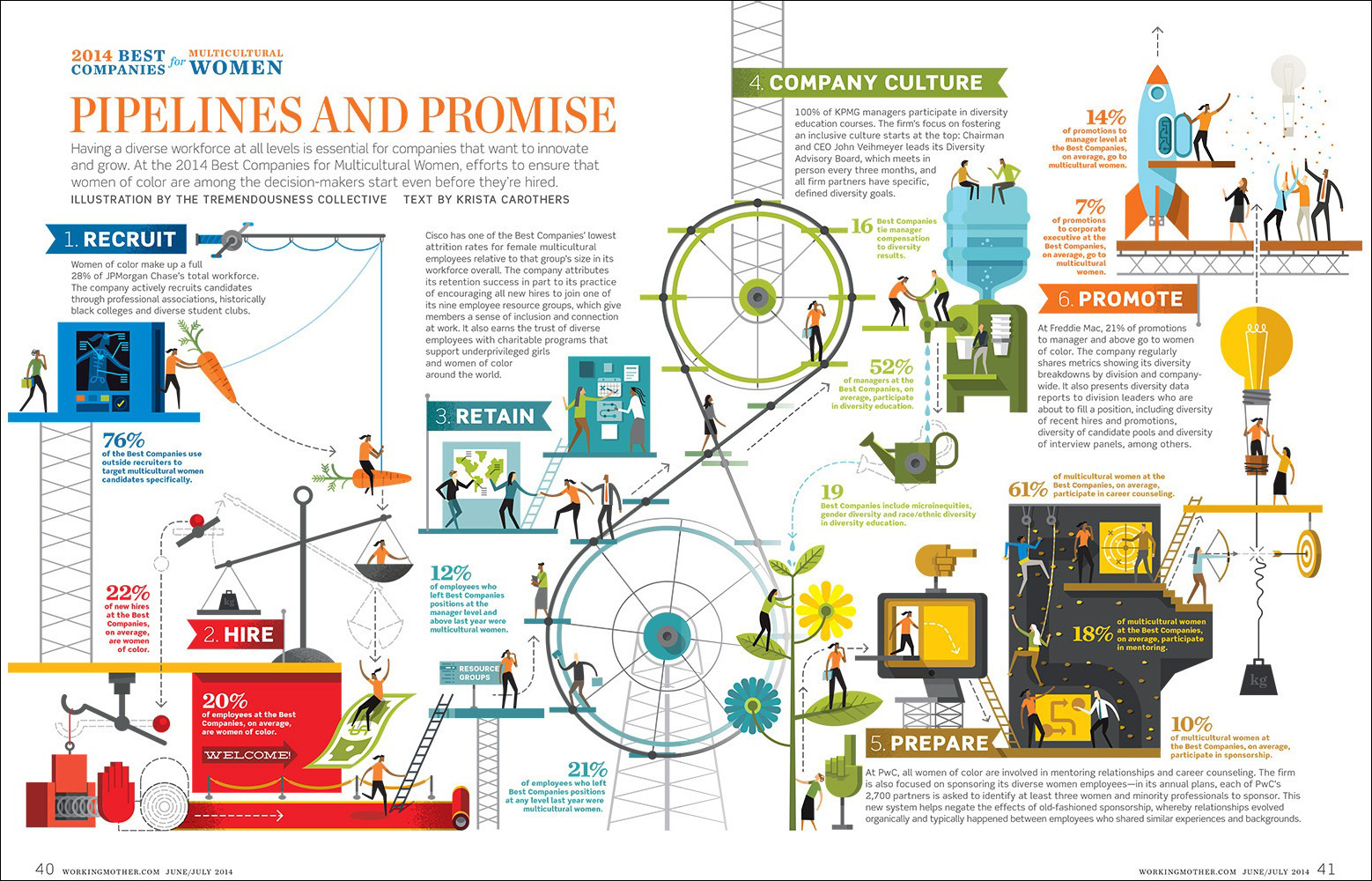
Then go from data to theory to story
Seen above, this infographic for Working Mother magazine is a self-contained piece of storytelling with data. First, the editors used the data to construct a theory. Firmly grounded in theory, we were then able to build a relatable (and highly visual and engaging) story to help people connect with the message. Although it follows a somewhat fantastical Rube Goldberg-style journey, every bit of data is both clarified in text and visualized as an integral part of the whole. This could, of course, also be presented linearly in a PowerPoint, moving from one data point to the next through the cohesive narrative. It would also make for an incredible interactive data visualization.
Most charts are best left to be just that: charts. It’s generally not recommended to embellish complex data when it’s being presented in chart form. After all, the form of the chart itself is what gives meaning to the data. In the example above, there is a lot of data, but zero charts. We chose to bring the situations to life to help tell the story. In this case, the wide variety of standalone percentages did not necessarily benefit from being represented in charts. It was more important to engage the reader around the stats so our communication had the desired effects on the receiver.
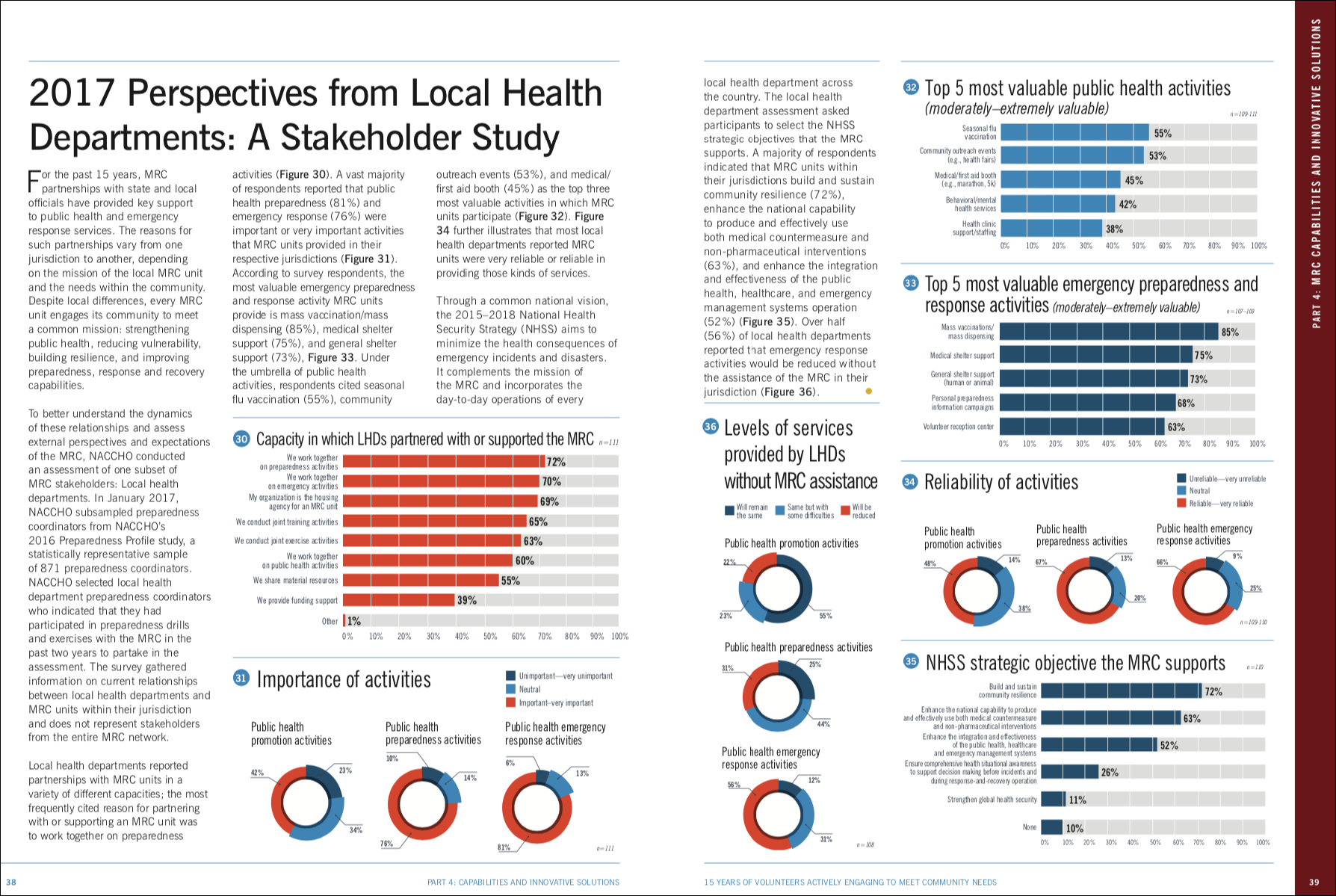
And include a call to action
What do you want your audience to do after getting this information? They won’t know unless you add a CTA, or call to action, informing them where they can find more information or contact someone who is familiar with that information.
Now that you’ve made it easy for people to understand the data, you also can point out notable insights, or if there are areas which require more attention and research. Use builds in PowerPoint to show the data, then to highlight the most important part. Don’t make people work to understand your point.
Yeah, most data presentations aren’t going to be as exciting as a blockbuster movie—but that doesn’t mean they should be dull or anodyne. On a case-by-case basis you need to consider if the story you’ve got to tell requires more design oomph, or if PPT clip art and screenshots of Excel charts are “good enough”. There is almost always some kind of story buried in data—and it’s up to you (or us!) to dig it up and to make it both clear and engaging for your audience.
Next steps
The purpose of this updated storytelling with data article is to outline the fundamentals of data visualization, at least in the sense that there is much more to it than programming and number-crunching. So while there’s a great deal of technical expertise left unsaid in this 3-step process, everyone who uses data in their work should learn to recognize when an added layer of visual storytelling can supercharge a presentation and help you communicate effectively.
This is what Tremendousness does—whether in presentations or other formats—we make complex ideas understandable and engaging using visual storytelling, information design, and co-creation to help organizations explore and explain new or complicated ideas, innovations, products, and processes. Our integrated communications tools include infographics, animations, interactive experiences, and live sketching and facilitation for sales and marketing, strategy activation, change management, and other important business and communications initiatives.
“Tremendousness has been a partner on several FPF projects—they’re great to work with if you want to capture and display complex issues.”
—JULES POLONETSKY, CEO, FUTURE OF PRIVACY FORUM
It’s easy to learn more by contacting us, downloading one of our guides, or simply having a look around yourself. If you have any questions, just reach out—we’d be happy to help.
- Download our latest guide: “HOW TO MAKE TRANSFORMATION AND CHANGE COMPELLING FOR YOUR ORGANIZATION”
- Download our “SIX POWERFUL WAYS TO COMMUNICATE YOUR COMPLEX IDEA” guide
- Contact us today
This is an updated version of a post originally published August 14, 2019.
